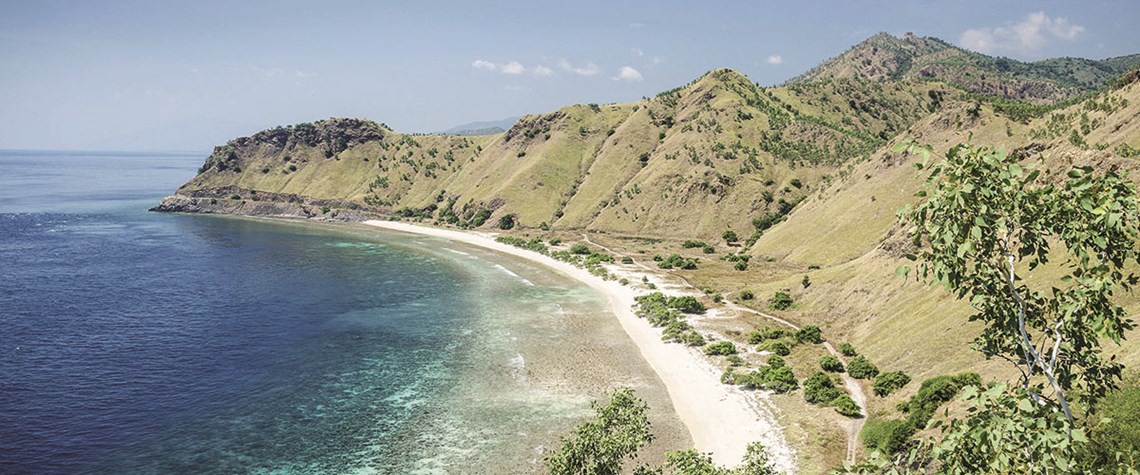Setting Timor-Leste's boundaries
While settling a maritime border dispute with Australia is a step forward in relations between the two countries, it won't resolve all the issues
One of the outstanding points of contention between Timor-Leste and Australia is how revenues from the Joint Petroleum Development Area (JPDA), shared by the two countries, will be divided in the future. The JPDA includes the Greater Sunrise field that, according to Australia's Woodside Energy, contains contingent resources of 5.13 trillion cubic feet of gas and 225.9m barrels of condensate. Located about 150km southeast of Timor-Leste and 450km northwest of Darwin, Sunrise is split between operator Woodside with 33.4%, ConocoPhillips (30%), Shell (26.56%) and Osaka Gas (10%). Unfortunately for Timor-Leste, nearly 80% of Sunrise lies in Australian waters, and one of the main issues in the ar

Also in this section
19 April 2024
Cairo’s currency problems have hindered investment, but Pharos sees considerable potential as Egypt emerges from crisis
18 April 2024
The Norwegian energy company is concentrating its efforts on specific regions and assets that meet strict cost and carbon criteria
17 April 2024
Uzbekistan and Kazakhstan provide opportunities after Europe turns it back, while also offering another gateway to China
16 April 2024
Commentators need to shake off the myths of the past, with rising oil prices a boon for US economy







